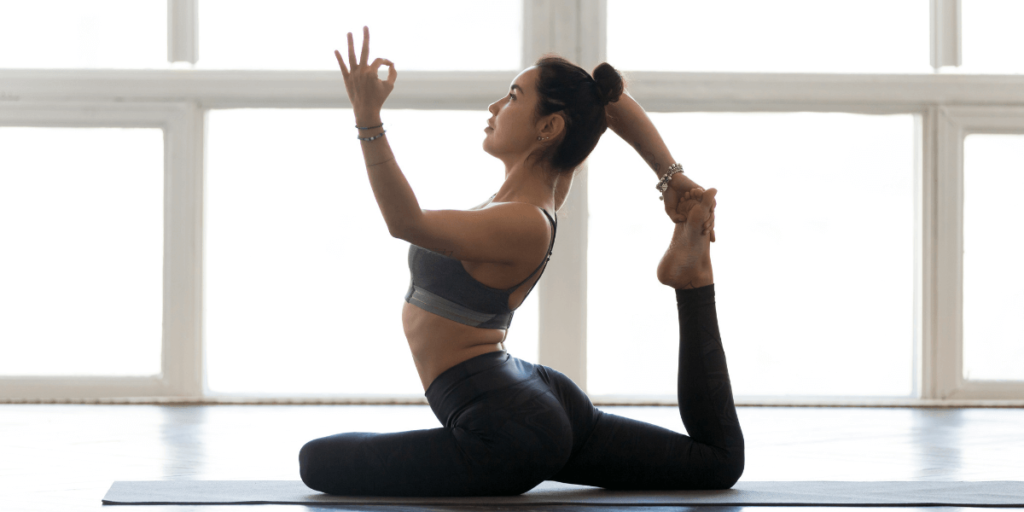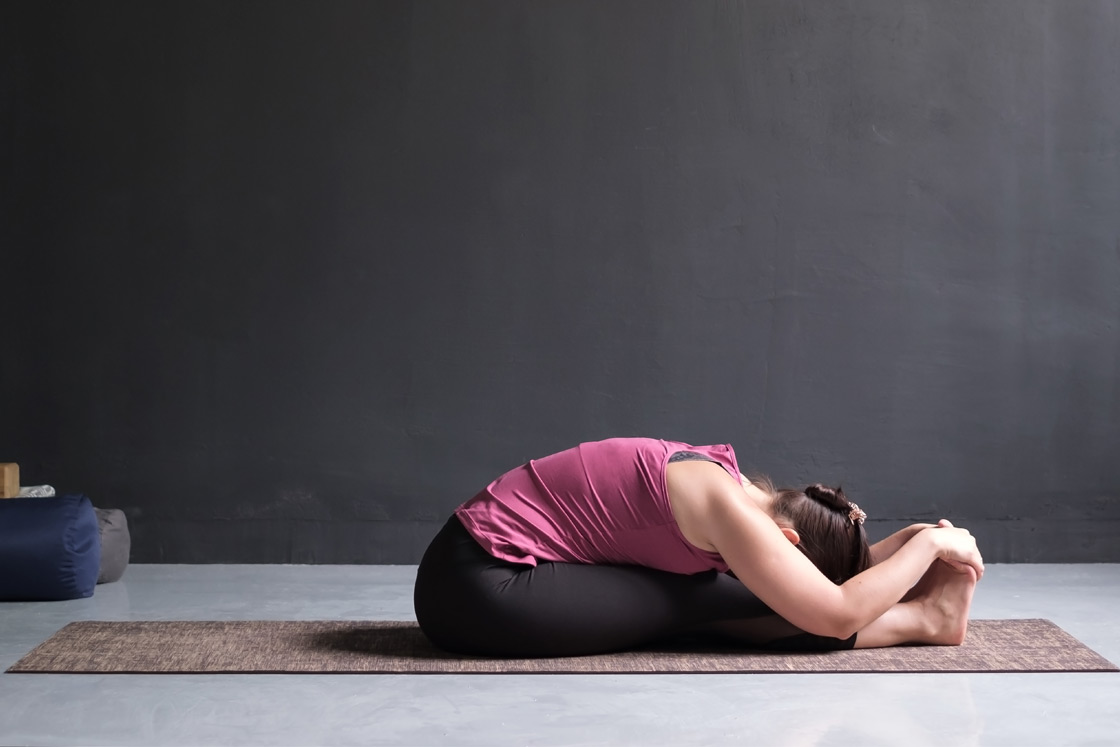In today’s fast-paced world, many of us spend extended periods sitting at desks or in front of screens. This sedentary lifestyle can lead to tight hips and lower back pain, impacting our overall well-being. However, incorporating daily stretches into your routine can significantly alleviate discomfort and promote better mobility. In this comprehensive guide, we will explore four essential daily hip stretch that target tight hips and help prevent back pain. These stretches are easy to perform, require minimal time, and can be done anywhere, making them ideal for people with busy schedules.
1. Flexor Hip Stretch

The hip flexor stretch is a fundamental and highly recommended exercise that focuses on isolating and hip stretch the group of muscles located at the front of your hips and thighs, collectively known as the hip flexors. These muscles, which include the psoas major, iliacus, and rectus femoris, are crucial for maintaining proper posture, stability, and mobility during various movements. This stretch primarily targets the iliopsoas muscles, which are often tight and shortened due to prolonged sitting and sedentary lifestyles. The hip flexor stretch involves assuming a lunge-like position, with one knee bent at a 90-degree angle in front while the other leg extends backward. Resistance Bands These bands can aid in stretching and strengthening the hip flexor muscles. Look for bands with different resistance levels to cater to various fitness levels.
Step-by-step Instructions:
Start by kneeling on the floor with one knee bent at a 90-degree angle.
Keep your other leg in front, also bent at a 90-degree angle.
Gently shift your weight forward, feeling the hip stretch in the front of the hip of the leg with the knee on the floor.
Hold the hip stretch for 30 seconds, then switch sides and repeat.
2. Pigeon Pose: Hip Stretch

The pigeon pose, also known as “Eka Pada Rajakapotasana” in Sanskrit, is a highly favored yoga hip stretch that offers a multitude of benefits for the body and mind. This pose specifically targets the hips, thighs, and groins, making it an excellent choice for those looking to improve flexibility and release pent-up tension in these areas. Yoga blocks can be used to support and modify the hip flexor stretch, especially for individuals who are less flexible.
Step-by-step Instructions:
Begin in a push-up position (plank) with your palms flat on the floor and your arms extended.
Bring your right knee forward, placing it behind your right wrist.
Slide your left leg back and straighten it as much as possible.
Lower your body onto your forearms, keeping your back leg extended.
Hold the stretch for 30 seconds, then switch sides and repeat.
3. Seated Forward Bend: Hip Stretch

The seated forward bend, or Paschimottanasana in yoga, is a highly effective and beneficial hip stretch pose that targets and gently elongates the lower back and hamstrings. By incorporating this asana into your regular yoga routine, you can experience significant improvements in flexibility, reduced stiffness, and an alleviation of tension and discomfort in the lower back region. In this pose, you sit on the floor with your legs extended straight in front of you. As you begin to hinge at the hips and reach forward, you’ll notice how this gentle forward fold deepens the stretch along the entire length of your spine, from the tailbone all the way to the crown of your head. Foam Rollers Foam rollers can help in releasing tension and tightness in the hip flexors, improving flexibility and mobility.
Step-by-step Instructions: Hip Stretch
Sit on the floor with your legs extended straight in front of you.
Inhale deeply, lengthening your spine.
As you exhale, hinge your hips and reach forward toward your toes.
Hold onto your ankles or feet, depending on your flexibility.
Hold the stretch for 30 seconds while breathing deeply.
4. Supine Figure 4 Hip Stretch

The Supine Figure 4 hip stretch is a highly recommended and powerful exercise to alleviate and release tension that builds up in the hips and glutes. By performing this stretch in a lying position, individuals can enjoy a comfortable and supported stretch that targets the specific areas of concern. This particular stretch is especially beneficial for those who often find themselves struggling with tightness in the piriformis muscle. The piriformis muscle, a small muscle located deep in the buttocks, can become tight and inflamed due to prolonged sitting, improper posture, or intense physical activity. This tightness can lead to irritating pressure on the sciatic nerve, resulting in sciatic nerve pain that radiates down the leg, causing discomfort and limiting mobility. Exercise Mats A comfortable and non-slip exercise mat provides a suitable surface for performing hip flexor stretches and other exercises.
Step-by-step Instructions:
Lie on your back with your knees bent and feet flat on the floor.
Cross your right ankle over your left knee, creating a figure-4 shape with your legs.
Clasp your hands behind your left thigh and gently pull it towards your chest.
Hold the stretch for 30 seconds, then switch sides and repeat.
Conclusion
Incorporating daily hip stretch into your routine can be incredibly beneficial for loosening tight hips and preventing back pain. By dedicating just a few minutes each day to performing these four stretches, you can improve flexibility, reduce discomfort, and promote overall well-being. Remember to listen to your body and consult with a healthcare professional if you have any concerns. Get started today and experience the positive impact of these simple yet powerful stretches on your hip and back health.
FAQs (Frequently Asked Questions)
How often should I perform these stretches?
Aim to perform these stretches daily, especially if you have a sedentary lifestyle. Consistency is key to achieving lasting results.
Can these stretches help with lower back pain?
Yes, these stretches are designed to target the hips and lower back, helping to alleviate discomfort and improve mobility.
Are there any precautions I should take before doing these stretches?
If you have any existing medical conditions or injuries, it’s essential to consult with a healthcare professional before starting any new exercise routine.
Can I do these stretches before or after a workout?
Absolutely! These stretches are ideal as part of a warm-up routine before exercise or as a cool-down to help prevent muscle tightness after a workout.
Can I perform these stretches if I’m pregnant?
Pregnant individuals should consult their healthcare provider before attempting any new exercise routine, including these stretches.
Are there modifications for beginners or individuals with limited flexibility?
Yes, each stretch can be modified to suit individual needs. For beginners or those with limited flexibility, consider using props or adjusting the depth of the stretch.




